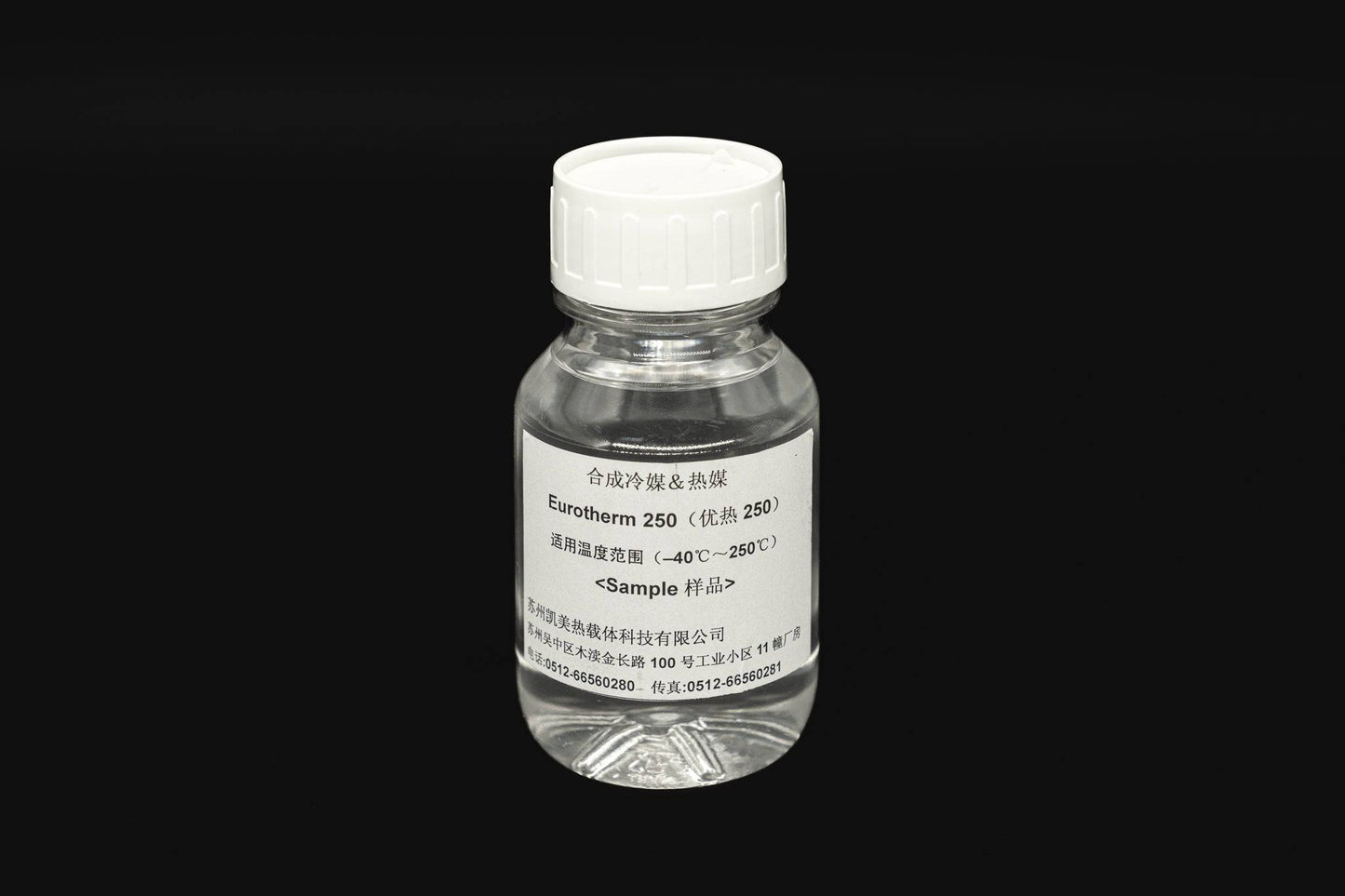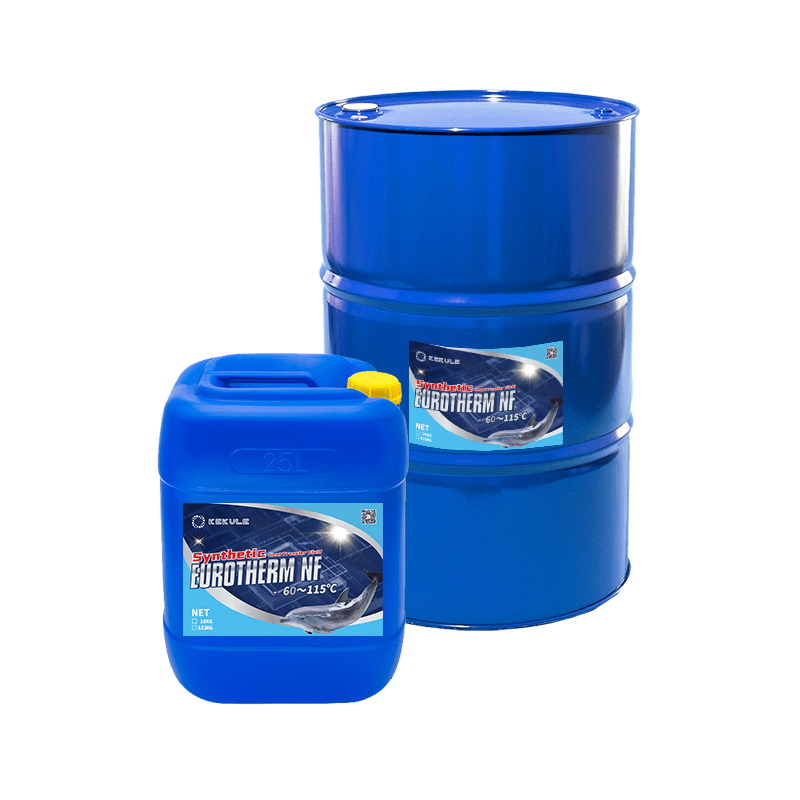The smart Trick of Chemie That Nobody is Discussing
Table of ContentsUnknown Facts About ChemieThe smart Trick of Chemie That Nobody is DiscussingExcitement About ChemieThe Main Principles Of Chemie An Unbiased View of ChemieLittle Known Facts About Chemie.
By Bojanna Shantheyanda, Sreya Dutta, Kevin Coscia and David SchiemerDynalene, Inc. Liquid cooling, which can be accomplished utilizing indirect or direct means, is utilized in electronic devices applications having thermal power thickness that may exceed secure dissipation with air cooling. Indirect fluid cooling is where warm dissipating digital components are literally separated from the liquid coolant, whereas in case of straight air conditioning, the components remain in straight call with the coolant.However, in indirect cooling applications the electric conductivity can be important if there are leaks and/or spillage of the liquids onto the electronics. In the indirect cooling applications where water based fluids with deterioration inhibitors are typically utilized, the electric conductivity of the fluid coolant mostly depends upon the ion concentration in the liquid stream.
The boost in the ion concentration in a closed loophole liquid stream might take place because of ion leaching from steels and nonmetal parts that the coolant liquid is in call with. During operation, the electric conductivity of the liquid may raise to a degree which can be harmful for the cooling system.
Getting The Chemie To Work
(https://fliphtml5.com/homepage/gxcnq/betteanderson/)They are grain like polymers that can exchanging ions with ions in an option that it is in contact with. In the present job, ion leaching tests were carried out with numerous metals and polymers in both ultrapure deionized (DI) water, i.e. water which is dealt with to the highest degree of purity, and reduced electrical conductive ethylene glycol/water combination, with the determined modification in conductivity reported with time.
The samples were enabled to equilibrate at space temperature for 2 days prior to taping the initial electric conductivity. In all examinations reported in this research fluid electrical conductivity was measured to a precision of 1% utilizing an Oakton CON 510/CON 6 collection meter which was adjusted before each dimension.
Indicators on Chemie You Should Know
from the wall surface heating coils to the facility of the heating system. The PTFE sample containers were positioned in the heating system when steady state temperature levels were gotten to. The examination setup was gotten rid of from the heater every 168 hours (7 days), cooled to area temperature with the electric conductivity of the liquid gauged.
The electrical conductivity of the fluid sample was checked for a total of 5000 hours (208 days). Schematic of the indirect shut loophole cooling experiment set-up. Components used in the indirect closed loop cooling experiment that are in contact with the liquid coolant.

Chemie Can Be Fun For Anyone
Throughout operation the liquid tank temperature was preserved at 34C. The change in fluid electric conductivity was monitored for 136 hours. The fluid from the system was accumulated and kept. Shut loophole examination with ion exchange resin was brought out with the very same cleaning procedures used. The initial electric conductivity of the 230ml UP-H2O in the system gauged 1.84 S/cm.

0.1 g of Dowex resin was included in 100g of fluid examples that was taken in a separate container. The blend was mixed and alter in the electric conductivity at space temperature was determined every hour. The measured modification in the electrical conductivity of the UP-H2O and EG-LC examination fluids consisting of polymer or metal when involved for 5,000 hours at 80C is revealed Figure 3.
Chemie Fundamentals Explained
Number 3. Ion leaching experiment: Calculated change in electrical conductivity of water and EG-LC coolants having either polymer or metal examples when immersed for 5,000 hours at 80C. The results suggest that steels contributed less ions into the fluids than plastics in both UP-H2O and EG-LC based coolants. This might be as a result of a slim metal oxide layer which may act as a barrier to ion leaching and cationic diffusion.
Liquids containing polypropylene and HDPE showed the most affordable electrical conductivity adjustments. This could be as a result of the brief, inflexible, linear chains which are much less most likely to contribute ions than longer branched chains with weak intermolecular forces. Silicone likewise performed well in both examination fluids, as polysiloxanes are generally chemically inert because of the high bond power of the silicon-oxygen bond which would avoid destruction of the product into the fluid.
Fascination About Chemie
It would be anticipated that PVC would produce similar results to those of PTFE and HDPE based upon the similar chemical frameworks of the products, nonetheless there may be various other pollutants present in the PVC, such as plasticizers, that may affect the electric conductivity of the fluid - meg glycol. Additionally, chloride groups in PVC can likewise leach into the test liquid and can trigger a rise in electric conductivity
Polyurethane entirely broke down right into the examination fluid by the end of 5000 hour test. Before and after photos of steel and polymer samples submersed for 5,000 hours at 80C in the ion leaching experiment.
Calculated adjustment in the electrical conductivity of UP-H2O coolant as a feature of time with and without resin cartridge in the shut indirect cooling loop experiment. The gauged modification in electrical conductivity of the UP-H2O for 136 hours with and without ion exchange resin in the loop is received Number Discover More Here 5.